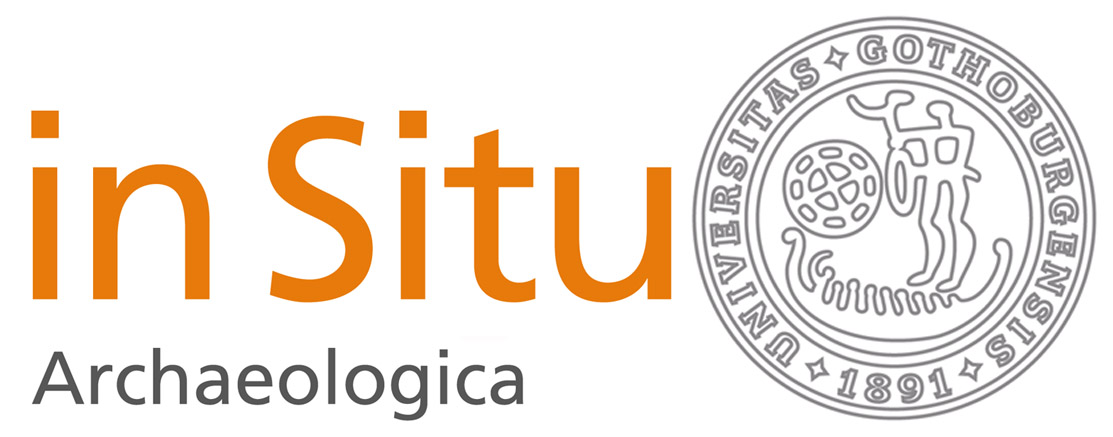Landscape Dynamics in the Sømmevågen Area
With Focus on the Last 8000 Years
DOI:
https://doi.org/10.58323/insi.v14.9502Abstract
This study is based on stratigraphical descriptions, radiocarbon dates and pollen records obtained in connection with three archaeological excavations ( Sømme III, Einargården and Sola Airport ). The combined data are used to infer local sediment distributions in a transect between the study sites ( approx. -5 to 10 m.a. s. l. ) and subsequently to infer landscape dynamics over the last 8000 years in the Sømmevågen area, southwestern Norway. The stratigraphy and the analyses show that natural processes dominated the environmental impact until c. 500 BC, after which, human activities related to an expanding agrarian society seemingly became a more important factor. The inferred landscape development provides an example on how human/ nature interactions can change over time and how on-site stratigraphical analyses can contribute to the understanding of archaeological sites and their surroundings.
Nedladdningar
Downloads
Publicerad
Referera så här
Nummer
Sektion
Licens
Copyright (c) 2020 Erik Daniel Fredh

Det här verket är licensierad under en Creative Commons Erkännande 3.0 Internationell licens.
Författare som bidrar till In Situ Archaeologica har givit sitt medgivande att publicera sina artiklar under en Creative Commons-licens. Den ger tredje part vissa rättigheter till att nyttja materialet. Rättigheterna styrs av vilken licens verket är publierad under. Det åligger tredje part att sätta sig in i verkets creative common licens innan materialet används i eget syfte. Det är alltid författaren som har copyright till verket och allt nyttjande av tredje part förutsätter att ett tydligt erkännande ges till verkets upphovsperson, att en länk till licensen tillhandahålls.



